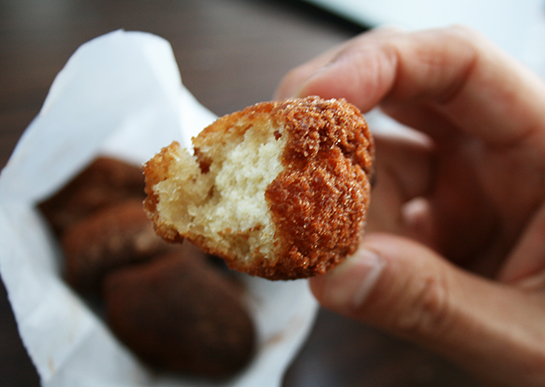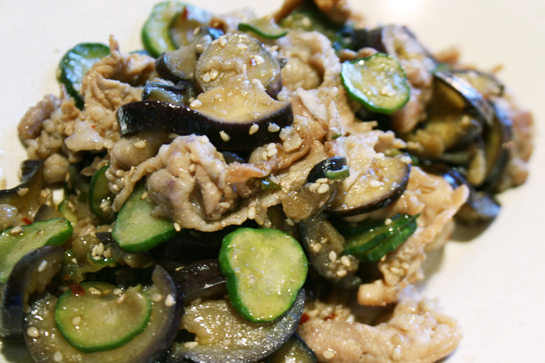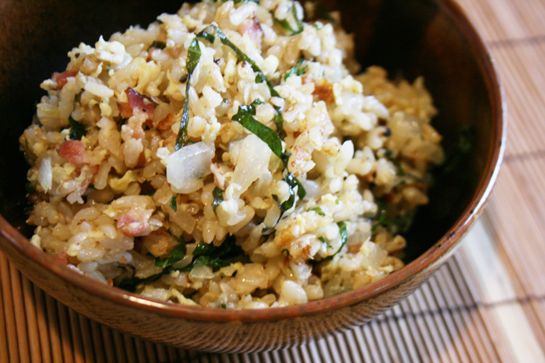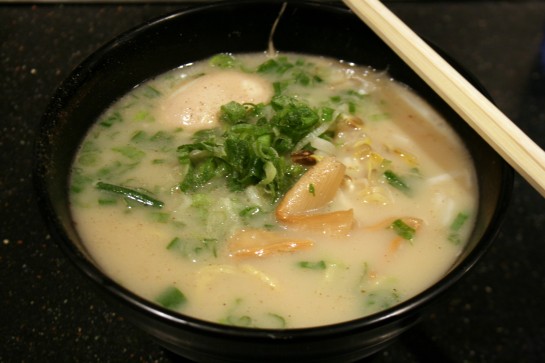Tamagoyaki makes me nostalgic. For picnics, instead of potato salad and barbecue chicken, my mom would make musubi and pack tamagoyaki and takuan pickles, each in separate aluminum foil packages. We’d eat without utensils and lick the takuan juices before they dribbled down our hands. We’d nibble at the rice that would stick to our fingers.
Tamagoyaki (or tamago) is also my sushi finisher. My strategy for ordering sushi is similar to reading a good novel: I start with the foundation (like maguro) and work my way towards the climactic peak (ikura, my favorite). Then I always, always end with tamago (no rice, just the tamago). It’s sweet and cold, so in my mind it’s the sushi equivalent for dessert.
They say you can judge a good sushi restaurant by how good their tamago is. Why? Because tamago can be second tier to fish and easily overlooked. But if your chef makes it right, you can assess the level of attention that’s going into the rest of the food.
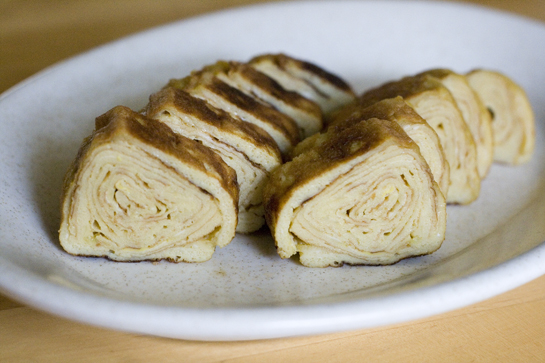
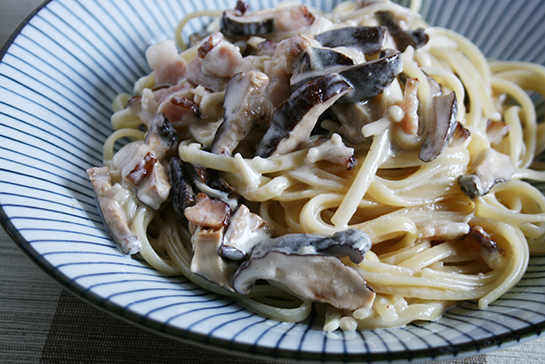
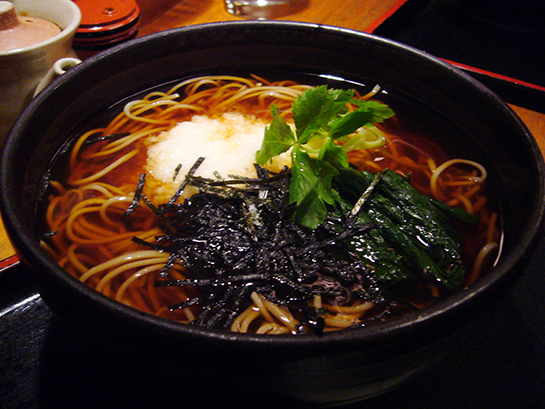
 There’s something very basic about soba because there are really just two things that make the dish: the dashi and the noodles. Sure, you can have kitsune, tanuki, or tempura soba, but that stuff they pile on is just ornament. If the foundation isn’t good, then it’s not good soba, no matter how you try to disguise it.
There’s something very basic about soba because there are really just two things that make the dish: the dashi and the noodles. Sure, you can have kitsune, tanuki, or tempura soba, but that stuff they pile on is just ornament. If the foundation isn’t good, then it’s not good soba, no matter how you try to disguise it.